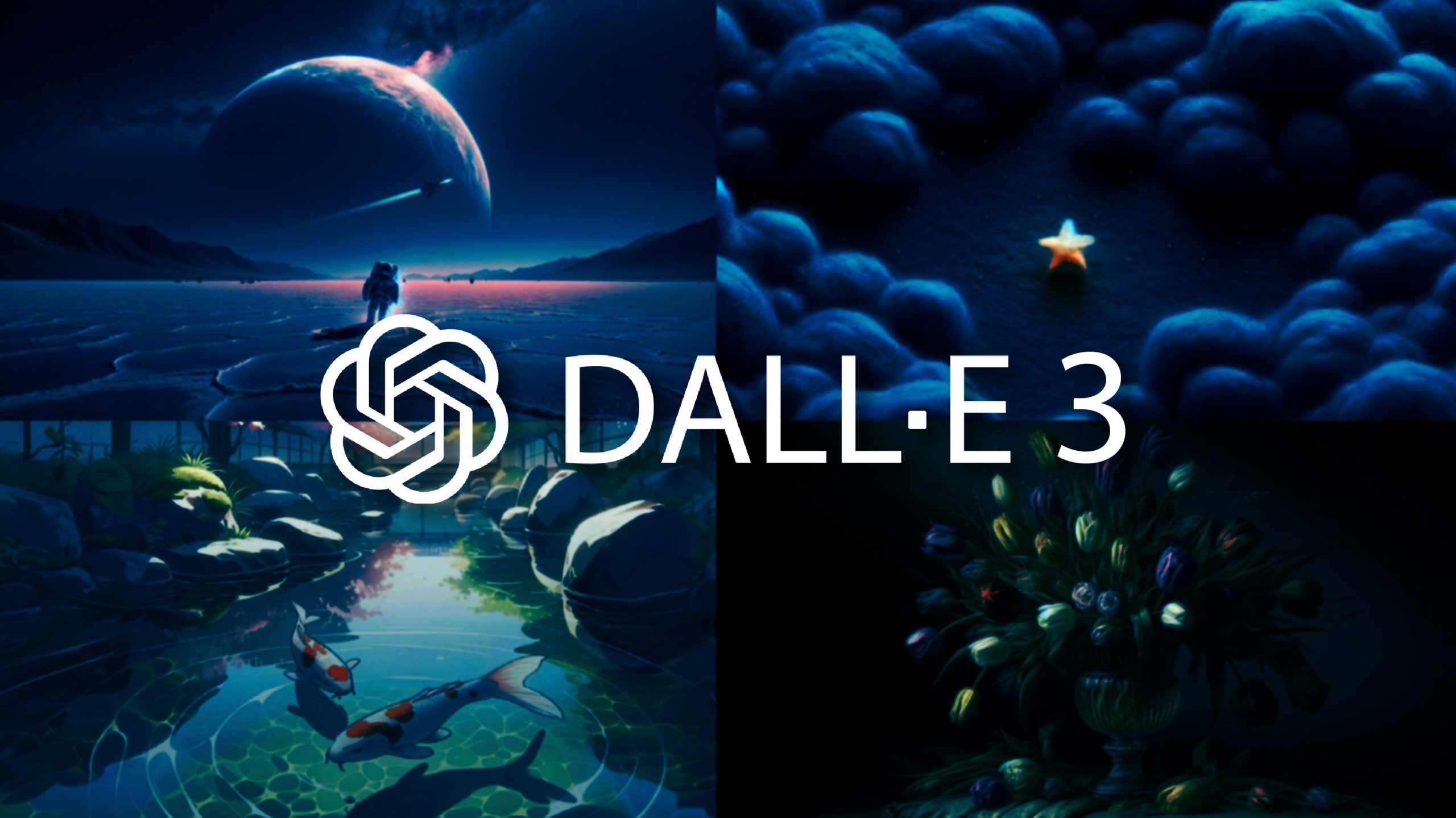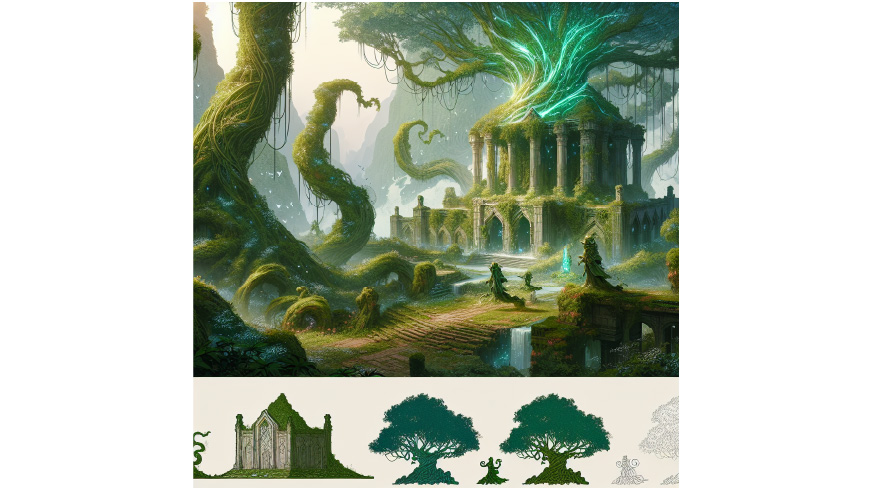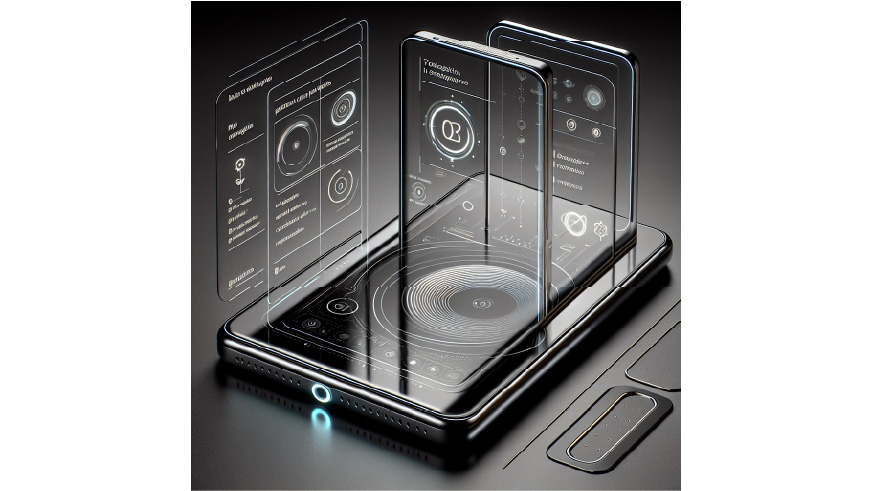Introduction
In Artificial Intelligence(AI), DALL-E 3 has emerged as a game-changing advancement in picture-generating technology. This current edition, developed by OpenAI, improves on previous iterations to generate increasingly sophisticated, nuanced, and contextually correct images from textual descriptions. As the third installment in the DALL-E series, it marks a substantial advancement in AI’s ability to grasp and visualize human language. DALL-E 3 is notable for its extraordinary ability to generate extremely detailed and imaginative images that closely correlate with complicated verbal prompts, pushing the frontiers of what is possible in AI-powered visual content production.
This new system uses powerful deep-learning techniques and a large dataset of image-text pairs to comprehend and represent visual concepts with exceptional precision and artistic flair. Its capacity to understand abstract concepts, unique styles, and detailed details has opened up new possibilities in various areas, including digital art, advertising, product design, and entertainment. DALL-E 3’s advancements in resolution, stylistic diversity, and rapid adherence make it a valuable tool for both professionals and creatives, with the potential to revolutionize how visual material is planned and created.

Overview
- Introduce DALL-E 3, an AI image-generating technique created by OpenAI.
- It has primary features and improvements over its predecessors.
- Explain how this technology operates, covering the underlying architecture and procedures.
- Provide a code example that demonstrates how to use the DALL-E 3 API.
Table of contents
Understanding DALL-E 3
DALL-E 3, released in 2023, is an artificial intelligence model that generates visuals from textual descriptions. It is a major improvement over DALL-E 2, with improved image quality, greater understanding of prompts, and more exact adherence to user directions. The name “DALL-E” is a fun combination of Salvador Dalí, the surrealist artist, and WALL-E, the Pixar robot, representing its potential to make art using AI.
Key Features and Improvements
- Improved Resolution and Detail: DALL-E 3 generates images with higher resolution and more detailed details than its predecessors.
- Improved Text Understanding: It understands complicated and nuanced text prompts, such as abstract concepts and explicit directions.
- Stylistic Versatility: It can generate graphics in various styles, from photorealistic to comical, and can copy certain artists’ styles.
- Ethical Considerations: OpenAI has strengthened measures to avoid creating damaging or biased content.
- Consistency: It maintains higher consistency across numerous generations using the same prompt.
Also read: Sora AI: New-Gen Text-to-Video Tool by OpenAI
How DALL-E 3 Works?
OpenAI DALL-E 3’s basic architecture is transformer-based, similar to GPT (Generative Pre-trained Transformer) models used in natural language processing. It is trained on a large dataset of image-text pairs, learning to link verbal descriptions to visual aspects.
The procedure can be broken down into multiple steps:
- Text Encoding: The input text is converted into a format the model understands.
- Image Generation: The model creates an image based on the decoded text.
- Refinement: The image is refined over numerous rounds to match the text description better.
Utilizing DALL-E 3 API for Image Generation
While the whole DALL-E 3 model is not publicly available for local usage, OpenAI does give an API to communicate with it. Here is a Python example of how you might use the DALL-E 3 API:
import openai
import requests
from PIL import Image
import io
# Set up your OpenAI API key
openai.api_key = 'your_api_key_here'
def generate_image(prompt, n=1, size="1024x1024"):
"""
Generate an image using DALL-E 3
:param prompt: Text description of the image
:param n: Number of images to generate
:param size: Size of the image
:return: List of image URLs
"""
try:
response = client.images.generate(
model="dall-e-3",
prompt=prompt,
n=n,
size=size
)
urls = [img.url for img in response.data]
print(f"Generated URLs: {urls}") # Debug print
return urls
except Exception as e:
print(f"An error occurred in generate_image: {e}")
return []
def save_image(url, filename):
"""
Save an image from a URL to a file
:param url: URL of the image
:param filename: Name of the file to save the image
"""
try:
print(f"Attempting to save image from URL: {url}") # Debug print
response = requests.get(url)
response.raise_for_status() # Raise an exception for bad status codes
img = Image.open(io.BytesIO(response.content))
img.save(filename)
print(f"Image saved successfully as {filename}")
except requests.exceptions.RequestException as e:
print(f"Error fetching the image: {e}")
except Exception as e:
print(f"Error saving the image: {e}")
# Example usage
prompt = "A futuristic city with flying cars and holographic billboards, in the style of cyberpunk anime"
image_urls = generate_image(prompt)
if image_urls:
for i, url in enumerate(image_urls):
if url: # Check if URL is not empty
save_image(url, f"dalle3_image_{i+1}.png")
else:
print(f"Empty URL for image {i+1}")
else:
print("No images were generated.")Output

This code shows how to use DALL-E 3 and the OpenAI API to generate and save an image locally. It’s vital to note that you’ll need an OpenAI API key to use this service.
Potential Applications of DALL-E 3
Here are the applications of this technology:
Advertising and Marketing
Prompt: “Create a vibrant and eye-catching advertisement for a summer sale at a beachwear store, featuring colorful swimsuits, sunglasses, and beach accessories against a tropical beach background.”
Generated Image

Game Development
Prompt: “Design a concept art for a fantasy game featuring a mystical forest with glowing trees, enchanted creatures, and an ancient, overgrown temple in the background.”
Generated Image

Architecture and Interior Design
Prompt: “Visualize a modern, eco-friendly living room with large windows, indoor plants, minimalist furniture, and a view of a lush garden outside.”
Generated Image

Education
Prompt: “Illustrate the water cycle, showing evaporation, condensation, precipitation, and collection, with labels and arrows indicating the flow of the process.”
Generated Image

Entertainment
Prompt: “Create a storyboard for a science fiction movie scene where a spaceship lands on an alien planet with strange flora and fauna, and astronauts step out to explore.”
Generated Image

Fashion Designing
Prompt: “Design a unique evening gown inspired by the ocean, featuring flowing fabric with wave-like patterns and accents that resemble seashells and pearls.”
Generated Image

Product Design
Prompt: “Visualize a sleek, futuristic smartphone with a holographic display, wireless charging, and a minimalist design with rounded edges.”
Generated Image

Also read: 15+ Best AI Video Generators 2024
Ethical Concerns and Limitations
While DALL-E 3 is a huge breakthrough in AI capabilities, it raises fundamental ethical considerations.
- Copyright and Intellectual Property: The model’s ability to imitate artist styles raises copyright and fair use concerns.
- Misinformation: The creation of phony photographs for misinformation operations has the potential to be misused.
- Bias: Despite improvements, AI models can still propagate societal prejudices found in training data.
- Job Displacement: Some fear that such technology will replace human artists and designers.
- Data Privacy: The model’s training data and the privacy implications of its use continue to raise concerns.
To address some of these concerns, OpenAI has implemented several protections, such as content filters and usage policies.
Future Prospects of DALL-E 3
The development of DALL-E 3 indicates interesting future possibilities:
- Integration with Other AI Models: Combining DALL-E with language models may generate more interactive and dynamic content.
- Real-time Image Generation: Future versions may generate images in real time, enabling new interactive applications.
- 3D and Video Generation: The technology could evolve to generate 3D models or perhaps short video clips based on text descriptions.
- Customization and Fine-tuning: Users may be able to fine-tune the model for individual datasets in specialized applications.
Conclusion
DALL-E 3 is a watershed moment in the field of AI-generated photography. Its capacity to generate realistic, contextually correct images from text prompts opens up new opportunities in various sectors and applications. However, as with strong technology, it carries responsibilities and ethical concerns.
As we continue to investigate and push the frontiers of what AI can do, technologies like DALL-E 3 remind us of the need to balance innovation with ethical considerations. The future of AI-generated images seems bright, and this picture-generating technology is only the beginning of what promises to be a game-changing technology in the creative and visual arts scene.
Frequently Asked Questions
Ans. OpenAI created DALL-E 3, an AI model that generates visuals based on textual descriptions. It’s a more advanced version of prior DALL-E models, with greater image quality and prompt understanding.
Ans. It improves resolution and detail, text interpretation, stylistic variety, ethical precautions, and consistency across generations.
Ans. It has applications in many sectors, including advertising, game development, architecture, education, entertainment, fashion design, and product design.
Ans. While the whole model is not publicly available for local usage, OpenAI does provide an API through which developers can interact with DALL-E 3. The article contains a Python code example demonstrating how to utilize this API.
- SEO Powered Content & PR Distribution. Get Amplified Today.
- PlatoData.Network Vertical Generative Ai. Empower Yourself. Access Here.
- PlatoAiStream. Web3 Intelligence. Knowledge Amplified. Access Here.
- PlatoESG. Carbon, CleanTech, Energy, Environment, Solar, Waste Management. Access Here.
- PlatoHealth. Biotech and Clinical Trials Intelligence. Access Here.
- Source: https://www.analyticsvidhya.com/blog/2024/07/dall-e3/



